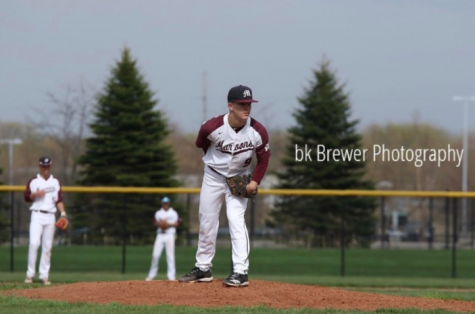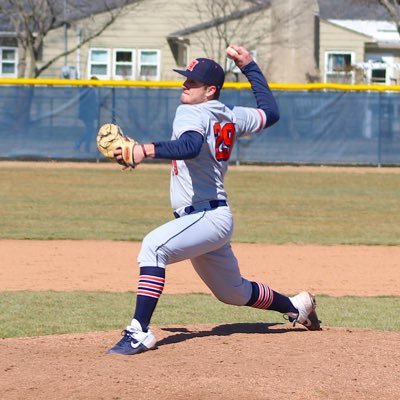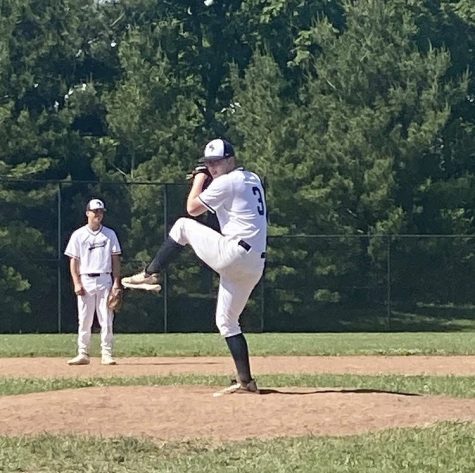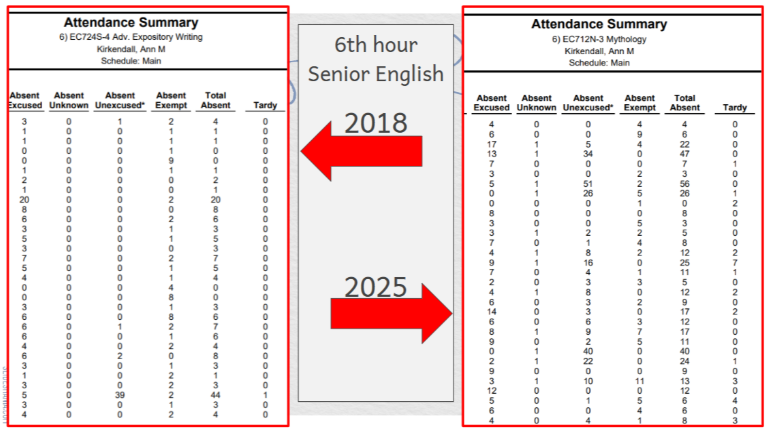High school vs. college baseball

October 4, 2021
Hope College pitcher Sean Hoey groans as he stumbles his way into SportsQuest to start another 5am offseason practice. 5am. Practice. This is what college baseball is all about. But just what makes college baseball different from high school baseball?
According to some local athletes, there are three main differences mentioned when transferring between high school and collegiate level ball: Time management, playing style, and off-season training.
Time management was mentioned by Mason Huisman, a freshman at Lewis University. “I always try to get my work done before I have a game, so I can just focus on the game and not have to worry about school work. For example, last week I had to wake up at 5:30 am to finish an essay that was due later that day because we had a game that night. In high school, you might not be at your full potential because you’re thinking about what you have to do after the game for school.”
Aiden Stam, a freshman at Huntington University expressed time management as well, “There is a lot more time to get homework and schoolwork done so it’s a lot easier to manage your time in college, time management is very important especially as an athlete.”
Information that may come as a surprise is how they both mentioned time is easier to manage college, compared to high school. With more free time in college comes more chances to get ahead of homework, and like Stam said, time management is very important as an athlete.
 As well as time management, the play style in college is much different from high school. Sean Hoey, a 5th year senior pitcher from Hope College, talked about his experiences in college compared to high school. “When I pitched for WO, I felt like I could get batters to chase pitches more often and I did not need to make the perfect pitch to get outs. Now throughout my college career I have learned that hitters are smarter, more experienced, and more disciplined. In order to get hitters out, I need to make a much more precise pitch to get that strikeout or weak ground ball.” Hoey put lots of emphasis on pitching more tactically, instead of emotionally.
As well as time management, the play style in college is much different from high school. Sean Hoey, a 5th year senior pitcher from Hope College, talked about his experiences in college compared to high school. “When I pitched for WO, I felt like I could get batters to chase pitches more often and I did not need to make the perfect pitch to get outs. Now throughout my college career I have learned that hitters are smarter, more experienced, and more disciplined. In order to get hitters out, I need to make a much more precise pitch to get that strikeout or weak ground ball.” Hoey put lots of emphasis on pitching more tactically, instead of emotionally.
Both Huisman and Stam also mentioned how the play is a lot faster in college compared to high school. With the play being faster paced, they have learned how to adapt along with everyone else. Success is not found at the next level while playing at a high school level and pace.
Off-season training was something that Stam and Hoey mentioned throughout their responses as well. During high school, training is minimal aside from after school practices during the season.

Stam recites his knowledge about the surprising amount of training in college compared to high school. “Training is much more difficult, instead of meeting a few times a week you meet everyday and have specific workouts for each day. I wasn’t expecting the amount of working out to be increased like that, from day one you are conditioning and working out in some way.”
Hoey backs up Stams’ statement with examples of his team’s training throughout his college career. “We are willing to sacrifice sleep for our 4:45am practices in the middle of January or the 5am lifts throughout the year. We are willing to go straight from a full day of classes to get to practice an hour early to get in those extra reps. We are willing to help out our teammates with their swing or their pitching mechanics so that they can help better the team even if that guy is someone who you are competing for a spot with.”
All things considered, there is a significant jump from high school to college baseball as demonstrated by Mason Huisman, Aiden Stam, and Sean Hoey. There is a level of dedication, hard-work, and grit that must be met to play at the next level, that makes college baseball so great.



